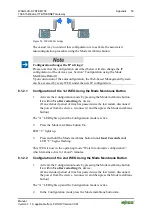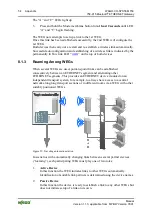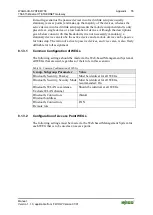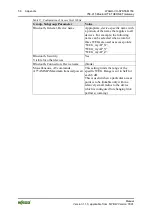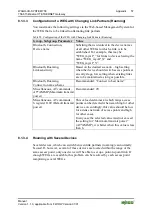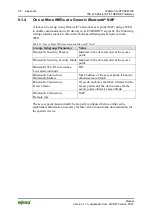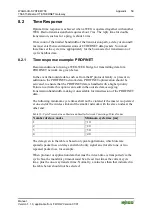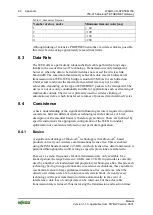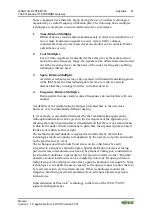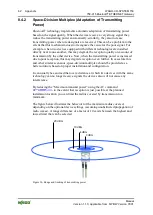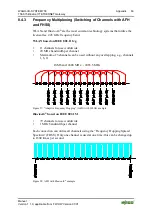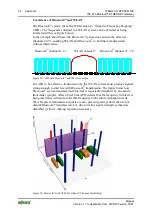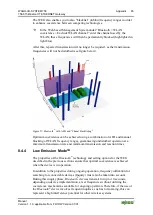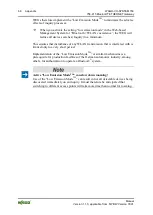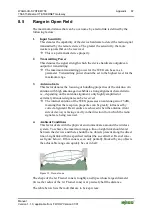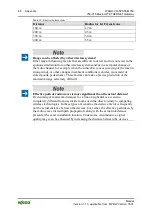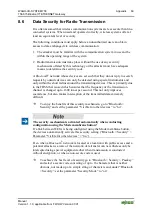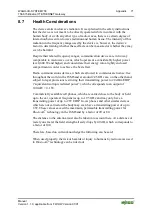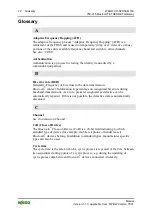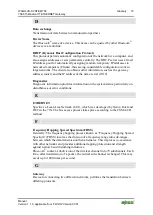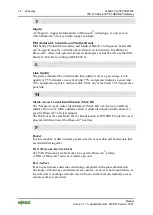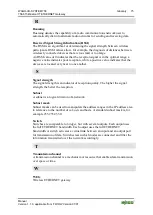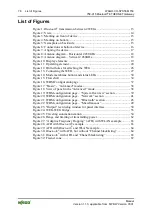
WAGO-I/O-SYSTEM 758
Appendix
61
758-915
Bluetooth
®
ETHERNET Gateway
Manual
Version 1.1.0, applicable from FW/HW Version 01/01
Some companies have therefore begun having the use of wireless technologies
organized by a central frequency utilization plan. The following basic multiplex
techniques are employed to ensure interference-free coexistence:
1.
Time-Division Multiplex
Different devices must transmit simultaneously in order for a disturbance of
two or more transmission signals to occur. At low traffic volumes,
considerably more devices located near one another can be operated before
a disturbance occurs.
2.
Code Multiplex
Even if radio signals are transmitted at the same time at the same location
and in the same frequency range, the signals can be differentiated and sorted
out at the receiving device on the basis of the codes (or frequency splitting
techniques) that are used.
3.
Space-Division Multiplex
As wireless technologies may only operated with limited transmitting power
in the ISM band, the transmitted signals become so weak at a certain
distance that they no longer interfere with other devices.
4.
Frequency-Division Multiplex
Radio signals that use clearly isolated frequencies do not interfere with one
another.
Availability of the multiplexing techniques presented here to the user does,
however, vary to substantially different degrees.
1
, for example, is essentially determined by the communicating applications.
Although consideration can be given in the development of the application to
ensuring that only important data is transmitted and that there is no steep increase
in data traffic under critical conditions in particular, the stipulated process-based
limits are nevertheless always tight.
The method explained under
2
is employed automatically by the wireless
technologies involved; options for adaptation by the user are not given and would
not be practical in any event.
The techniques described under
3
and
4
can, on the other hand, be easily
integrated in a frequence utilization plan. Spatial distribution of devices taking
part in wireless communication can easily be planned. Taking into consideration
the structural conditions, in particular of fire protection walls or other “absorber”
obstacles, mutual interference can be completely ruled out. Frequency-division
multiplexing can be employed when clear, spatial separation is not possible. Some
technologies even enable the user to specify set frequency ranges to allow them to
be reserved exclusively for certain devices. Other technologies monitor the
frequency band being used and automatically avoid ranges already experience
intensive use.
Implementation of
Bluetooth
®
technology in the form of the WEG 758-915
supports both approaches.







